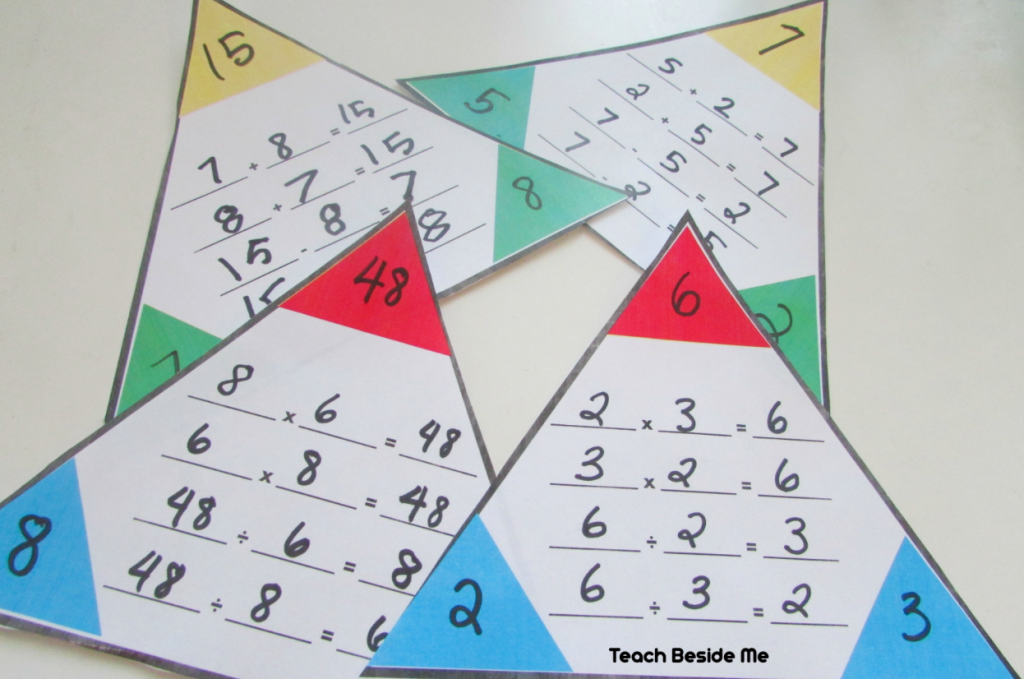


Each soldier then takes that sum, subtracts the number her opponent is holding, and calls out the value of the card she can’t see. The general (the only one who can see both cards) adds the two numbers together and says the sum aloud. To begin the game, both soldiers salute the general by holding one of their cards up to their forehead (they can’t see the card they’re holding but the other two players can).
#Math splash games division how to
How to play: Two players are the “soldiers” and one player is the “general.” Deal half a deck to each soldier. What they’ll need: One deck of cards for every three students (face cards are worth 11) What they’ll practice: Addition, subtraction Modify this game to suit your needs by changing the symbols on the board to match whatever you’re studying. The first student to flashlight-tag the correct answer wins a point for his or her team. Turn off the lights and ask the students a math problem. One player from each team should come to the front of the classroom. How to play: Before class begins, list several numbers on the board (either in rows or random order). What they’ll need: Chalkboard or interactive whiteboard, two flashlights (one with colored cellophane wrapped around the top to distinguish between teams) Play continues until all piles are correct and a speed racer crosses the finish line! If a mistake is found, the opponent gets to finish flipping her own cards into piles until she finishes or makes a mistake (at which point it would revert to the other player). After the fastest flipper puts down his last card, he calls out, “Stop!” and his opponent freezes. Students flip over cards one by one to make two piles: odds and evens. How to play: Students should remove all face cards and divide the deck in half. What they’ll need: One deck of cards per pair And the more I broke down the candidates, and examined my own feelings about what this award means, the better I felt about it.What they’ll practice: Identifying odd and even numbers I wouldn’t have top offensive performers Bryce Harper, Juan Soto or Fernando Tatis Jr. And I had a pretty good idea that there wouldn’t be many voters leaning my way. That’s because I had a National League ballot, along with a gut feeling that became an increasing lean that became certainty as the season entered the final stretch.

“The rules of the voting remain the same as they were written on the first ballot in 1931: (1) actual value of a player to his team, that is, strength of offense and defense (2) number of games played (3) general character, disposition, loyalty and effort (4) former winners are eligible and (5) members of the committee may vote for more than one member of a team.” I might have reflected on the official instructions for MVP voters an extra time or 12 this year. It is up to the individual voter to decide who was the Most Valuable Player in each league to his team. The MVP need not come from a division winner or other playoff qualifier.

“There is no clear-cut definition of what Most Valuable means. I read them slowly enough and allow them to sink deeply enough that my lips move along in silence. I have no idea who wrote them, when the preamble was added or whether anyone still bothers to read them.


 0 kommentar(er)
0 kommentar(er)
